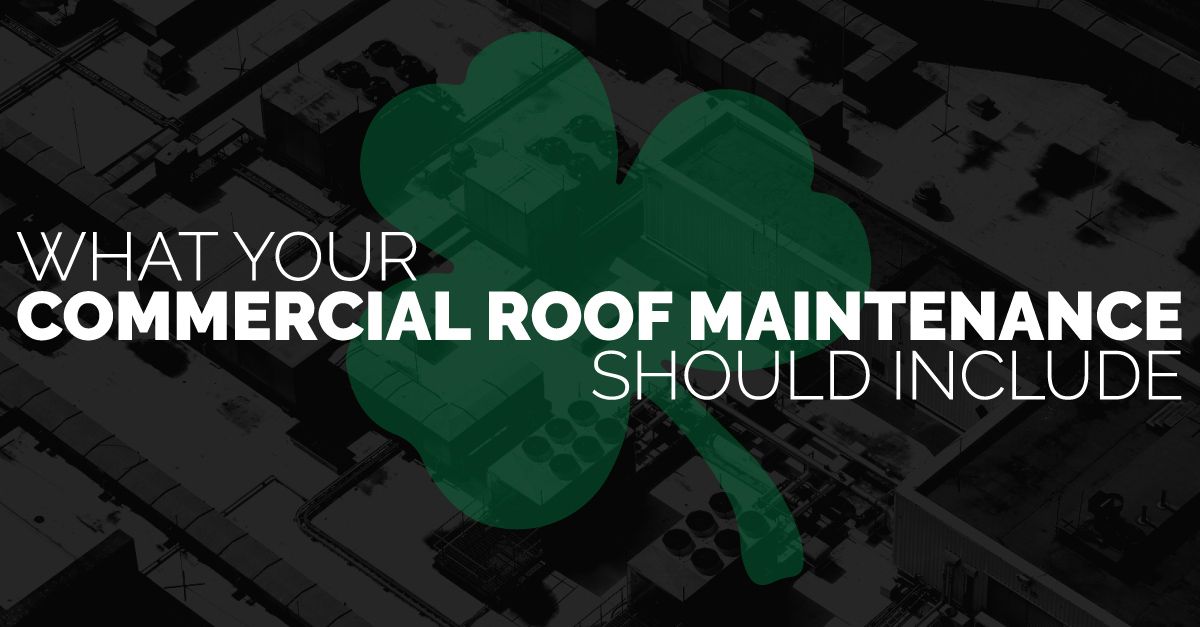The roof on your commercial building sits completely exposed to the elements, so it’s the structural component that’s most vulnerable to wear and aging. If it’s not kept watertight, the building’s structure can begin to deteriorate, and the resulting damage can affect the roof decking, insulation, walls, ceilings, and mechanical and electrical systems. Extensive water infiltration can also ruin anything housed in the building, such as inventory and equipment, and lead to mold growth that compromises the indoor air quality. To avoid costly damage and protect your investment, you need to develop and implement a preventive maintenance strategy.
How to Develop an Effective Commercial Roof Maintenance Program
Many aspects of building maintenance can be put on a time schedule that involves a series of planned actions, but that’s not the best way to care for your roof. To be effective, your roof maintenance program should include both proactive and reactive steps:
- Roof inspections: Proactive roof inspections should be scheduled twice a year, and an inspection should be performed in reaction to any significant weather event. Make sure you choose an experienced commercial roofer to handle your roof inspections, who knows the ins-and-outs of your particular type of roof system and is certified by your manufacturer if the roof is still under warranty.
- Routine maintenance: Your roofer can advise you on what basic, proactive maintenance needs to be done in between inspections. This might include cleaning out the drains and scuppers so rainwater can run freely and not back up, removing vegetation growth and general debris from the rooftop, and cleaning up any areas of ponding water after it rains.
- Correcting deficiencies: You need to react to each inspection report by prioritizing any recommended repairs. You can use the report’s timeline for taking care of any deficiencies that were noted, and cost estimates for repairs as a planning and budgeting tool.
- Record keeping: Accurate records can help your contractor evaluate the condition and life expectancy of your roof. If possible, create a historical file that includes the original roof plan and specifications, warranty paperwork, records of previous repairs or corrective actions, changes to the roof, and equipment installations. Going forward, add documentation of every roof-related event, such as inspection reports, repair records, and maintenance checklists.
If you need advice or assistance developing and implementing a commercial roof maintenance program for your Naples-area property, contact us today at Kelly Roofing.
[button link=”https://www.kellyroofing.com/blog/roofing/is-your-commercial-roofer-up-on-the-latest-innovations/” color=”default” size=”” type=”” shape=”” target=”_self” title=”” gradient_colors=”|” gradient_hover_colors=”|” accent_color=”” accent_hover_color=”” bevel_color=”” border_width=”1px” shadow=”” icon=”” icon_divider=”yes” icon_position=”left” modal=”” animation_type=”0″ animation_direction=”down” animation_speed=”0.1″ alignment=”left” class=”” id=””]Read: Is Your Commercial Roofer Up to Date? [/button]
